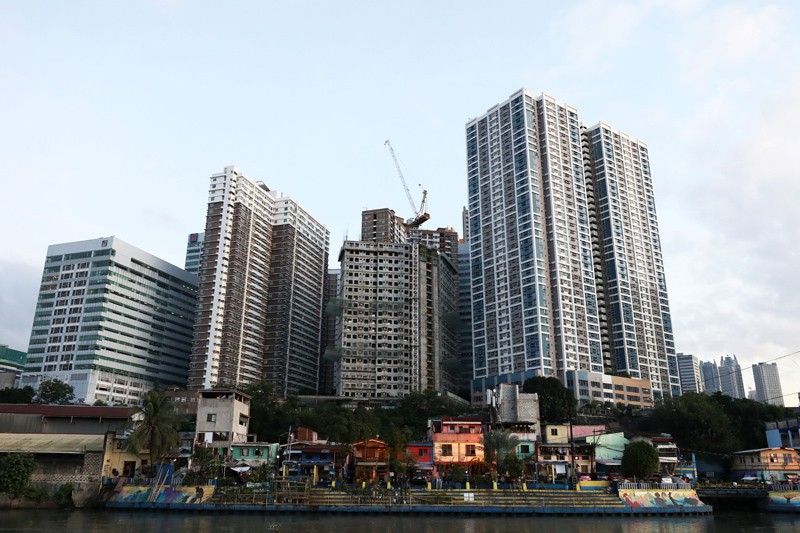Pandemic widens inequality in Philippines

MANILA, Philippines — Inequality in the Philippines has increased substantially as the country is seen lagging in Asia-Pacific in terms of recovery, according to Moody’s Analytics.
Katrina Ell, senior economist at Moody’s Analytics, said in an economic outlook webinar that the Philippines is forecast as the last country in the region to recover from the COVID-19 pandemic.
“The Philippines is the laggard in Asia and it is not forecast to return to pre-pandemic levels until the end of 2022. So it is really far away from being able to recover from COVID,” Ell said.
The research arm of the Moody’s Group has slashed its 2021 gross domestic product (GDP) growth forecast for the Philippines to 5.3 percent.
“An interesting point that we haven’t mentioned with the Philippines yet is that the sluggish economic recovery paired with the relatively strict lockdown measures has actually increased inequality quite substantially in the Philippines,” Ell said.
Despite the longest and strictest lockdown in the world, COVID-19 cases in the Philippines breached 1.2 million with close to 21,000 deaths.
“Those in higher paying jobs, they tend to be office workers and they’ve been able to transition quite seamlessly to working from home, while low-income earners haven’t had that option so they’ve actually been out of work more frequently than office workers, and so they’re not receiving the income and so it’s creating much more of a divide,” Ell said.
The National Economic and Development Authority (NEDA) earlier reported that the Philippines remained the worst job market in emerging Asia with a jobless rate of 7.1 percent in March. This was higher than India’s 6.7 percent, Malaysia’s 4.8 percent, China’s 4.2 percent, Vietnam’s 2.4 percent and Thailand’s 1.9 percent.
“It’s going to have a much more lasting impact and it’s going to be much harder to target the higher inequality in Philippines, but it’s kind of going to be a lasting scar from COVID,” Ell said.
Moody’s Analytics chief economist for Asia-Pacific Steven Cochrane said the Philippines remains the country least able to control the COVID-19 pandemic and has imposed multiple lockdown and quarantine measures.
Cochrane said the Philippines was also probably the one country in Asia-Pacific that has not benefited greatly from the turnaround in exports as it is not quite tied into the global supply chain for goods as much as the rest of the region.
“The Philippines has been struggling to roll out the vaccine, either due to lack of access, or simply the difficulty in getting the vaccines out through the public health systems across the country,” he said.
Likewise, Cochrane said Moody’s Analytics was also concerned about the rising inflation in the Philippines.
The headline inflation averaged 4.5 percent from January to April, exceeding the two to four percent target set by the Bangko Sentral ng Pilipinas.
Cochrane said the Philippines has been struggling with a pork supply shortage because of African swine fever (ASF), but non-monetary interventions such as the lowering of the tariff on imported pork helped bring down the prices.
- Latest
- Trending





























